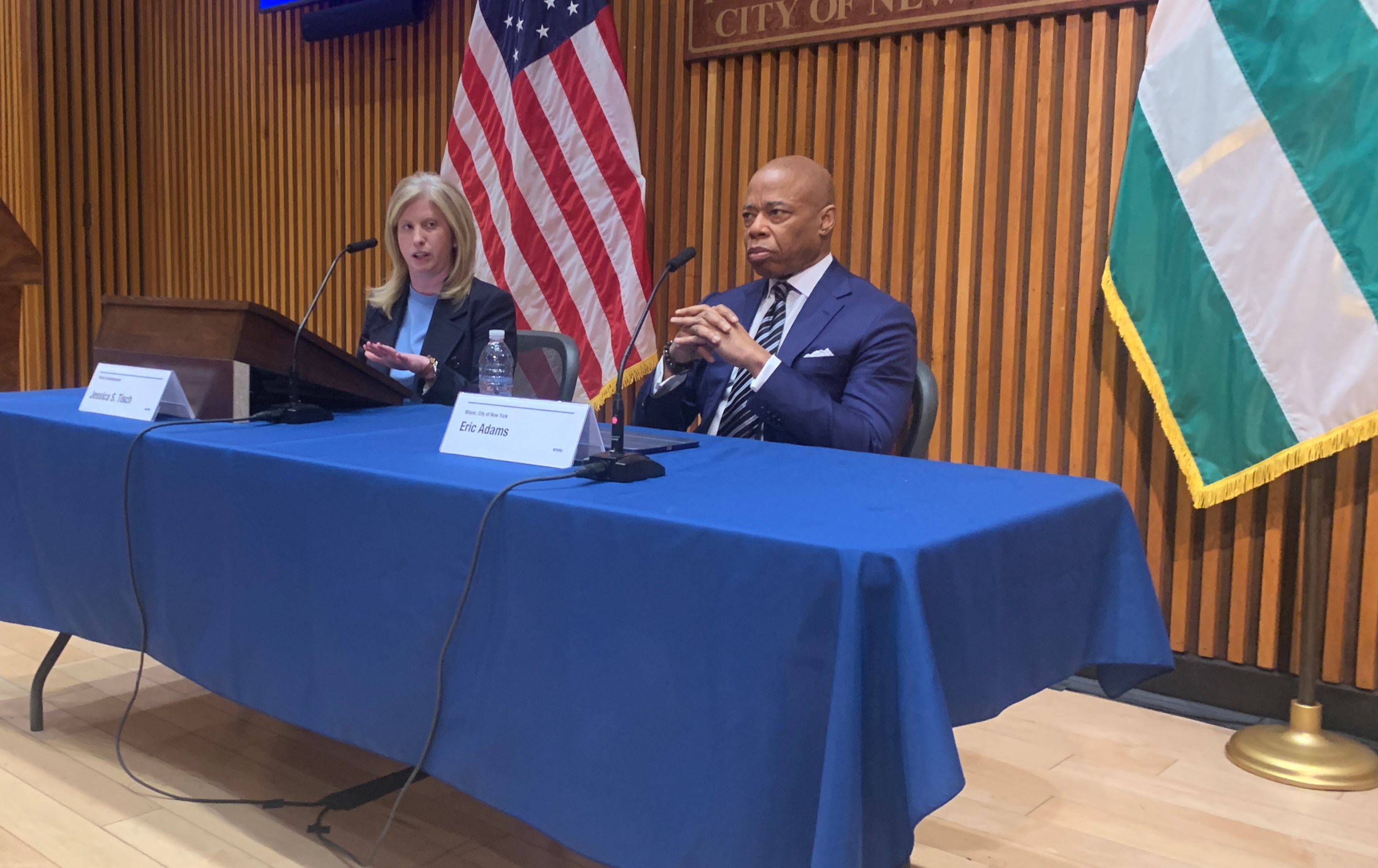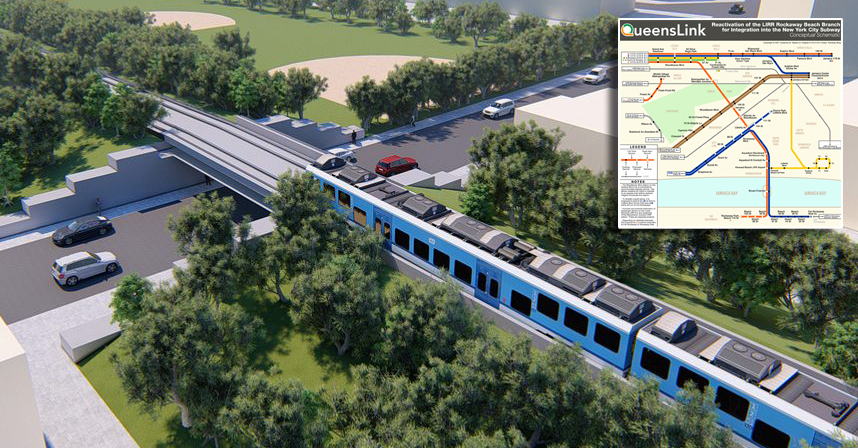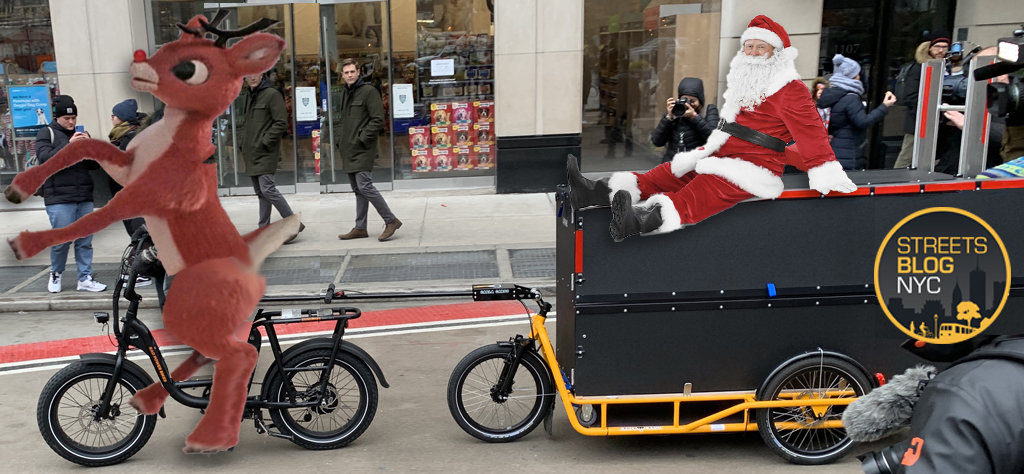Perception ain’t reality — but it continues to prompt a real-world response.
That's the big takeaway from the NYPD's annual year-in-crime presser on Monday, when Commissioner Jessica Tisch announced that overall offenses on the subway were down 5.4 percent in 2024 compared to 2023.
Over the same period, overall crime in the city was down only 3 percent — which suggests that it's safer to be below ground than above.
Overall, there were 2,211 index crimes (murder, rape, robbery, burglary, assault and grand larceny) in the subway in 2024, down from 2,337 in 2023. This occurred at the same time that overall ridership in the subways rose 3.8 percent last year, to close to 1.2 billion rides.
The main categories of subway crime also showed promising numbers in 2024. Robberies were down 16.3 percent, from 541 in 2023 to 453 last year. And felony assaults were roughly flat — from 572 in 2023 to 573 in 2024.
But even as Tisch trumpeted the "good" news about decreasing crime, she also confronted the NYPD's perception problem from the nearly daily (hourly, if you're on the Post website) headlines blasting information about the latest random attack. (The tabloid even linked congestion pricing to crime on Sunday, with this classic of the genre, "Man stabbed in NYC subway station as congestion pricing kicks in, forcing more commuters into dangerous system," which is some pretty serious journalistic jiu jitsu.)
"The subways will always be a bellwether for the perception of public safety in New York City," Tisch said in her opening remarks. "Declining crime numbers are significant, but we still must do more because people don't feel safe in our subways.
"I get, I am a mother. I have parents, who I love, walking around the streets of New York City," she added during the Q&A.
And the mayor jumped in, too.
"We know how New York feel each time they hear of a terrible incident that takes place in the city, how it impacts them," he said. "Nothing is more horrific than watching a person run [over] to death on our subway system. We know how individuals feel when they hear about people shoved to the tracks for no reason at all. We know how it impacts us."
But even as both officials maintained that the perception of crime is just that, a perception, they also revealed that that perception is reality when it comes to the NYPD strategy. Tisch spoke of an increase in cop hiring: 624 more officers get sworn in tomorrow, and the "largest class" of recruits in a decade is about to head to the academy.
"We know that more cops works," she said "We saw that in 2018 right after [then]-Commissioner [Bill] Bratton hired 1,000 additional cops [and] we had one of the safest years on record."
Tisch also talked about deploying cops better — for example, shifting them away from turnstiles and mezzanines, where crimes tend not to happen, to the platforms and the train cars themselves, where 78 percent of them do — to partly combat the fear that she simultaneously says is not borne out by stats.
Of course, a hammer is always looking for a nail — in this case, the seductive hammer of more cops seeking the nail of random crime, but, as Streetsblog and multiple outlets have reported, disorder on the subway is a multi-faceted problem with no one solution.
The mayor cited the connection between subway crime and mental illness.
"These random acts of violence ... often they fit into the categories of people with severe mental health issues," he said. "We need to focus on, number one, saying that we can’t just continually give them medicine one day and turn them loose. That is just not working. So we have to change the mindset there. … We need to codify in law to make it easier to do involuntary removals."
But it's more than just removing people from the subway. Unfortunately, there were no off-topic questions, where the mayor might have been asked about a story in The City revealing that thousands of units of supportive housing are vacant and the process of obtaining one is convoluted and confusing for people suffering from mental illness.






